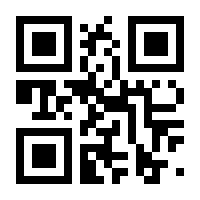
×
![Buchcover ISBN 9783642068881]()
Six Sigma+Lean Toolset
Executing Improvement Projects Successfully
von Alexander John, Renata Meran, Olin Roenpage und Christian Staudter, herausgegeben von Stephan Lunau, übersetzt von Astrid SchmitzSix Sigma has established itself globally over the last 20 years as a best practice concept for optimizing processes. Many renowned companies from a diverse array of business branches successfully deploy Six Sigma and profit from the benefits of Six Sigma-inspired projects, significantly improving their net income. Focusing on customer needs and measu- ability is at the forefront of this approach. In the course of its long history the Six Sigma approach has undergone many developments and upgrades and these have been incorporated into the original concept. One very important step is the integration of Lean Management tools into the classical Six Sigma concept. Along with reducing process variation – which is achieved through classical quality tools and statist- cal analysis, these tools contribute decisively to achieving a significant acceleration in process speed and a reduction of inventories and lead times. +Lean As practiced by UMS GmbH, in its applications, the Six Sigma approach thus combines the tried-and-tested tools of both worlds, which are linked together systematically in the proven DMAIC process model. Effective tools exist for every problem, ensuring that excellent and sustainable project results are achieved. We took the chance to update the book with respect to the latest developments of the method and incorporated the customer feedback of the last years. Here we focused especially on an improved Define phase, the incorporation of the OEE measurement in the Measure phase and a revised Lean Toolset.



